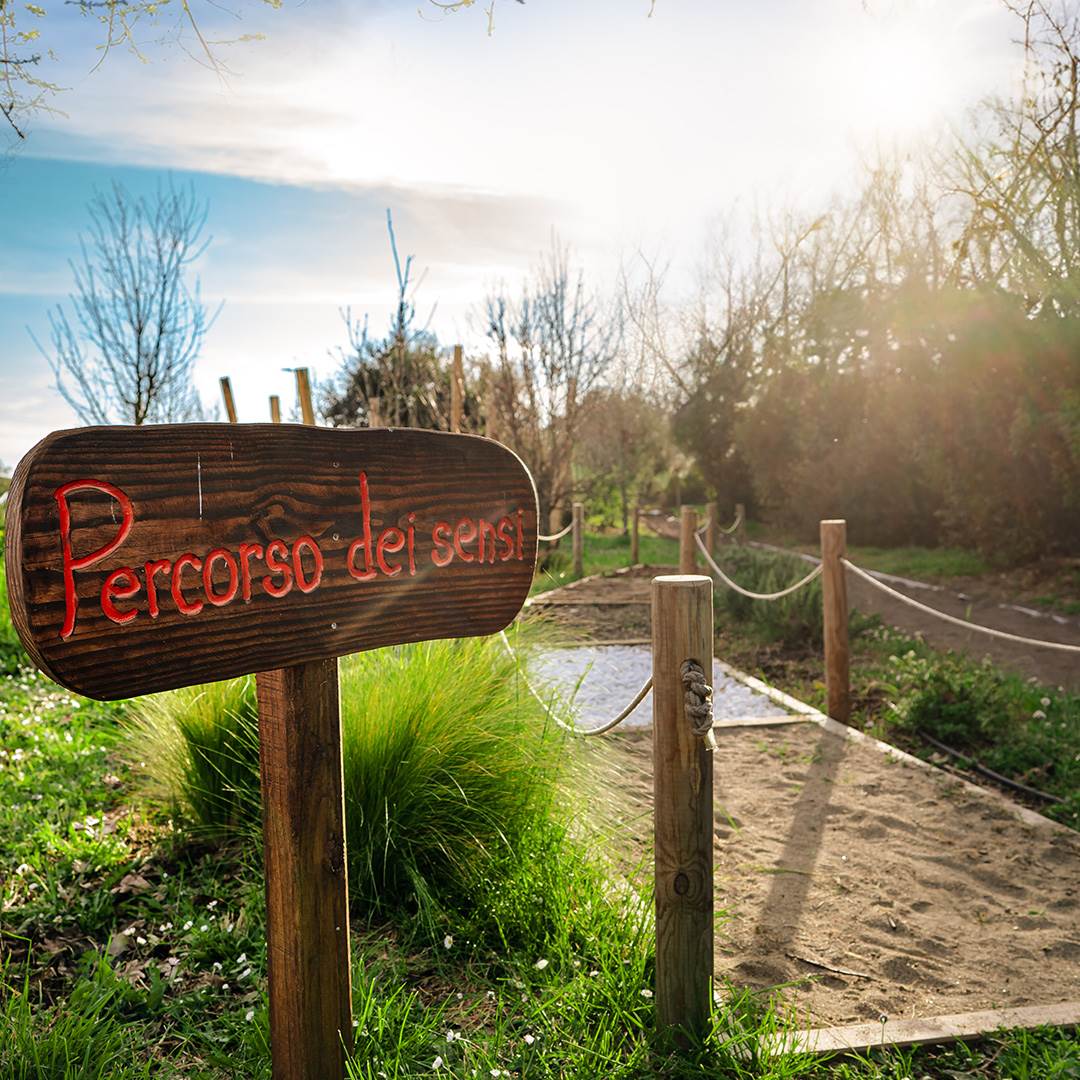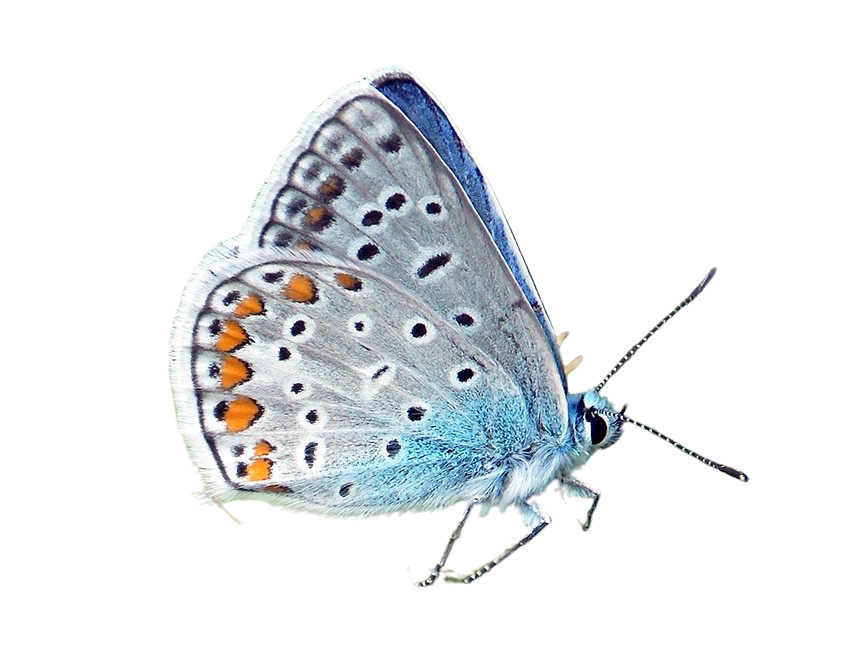Discover the Mediterranean forest and its secrets: among holm oaks, cork oaks, benches and strawberry trees you will be able to see different species of birds such as the green woodpecker or the ghandaia or small mammals such as the hedgehog and the porcupine.
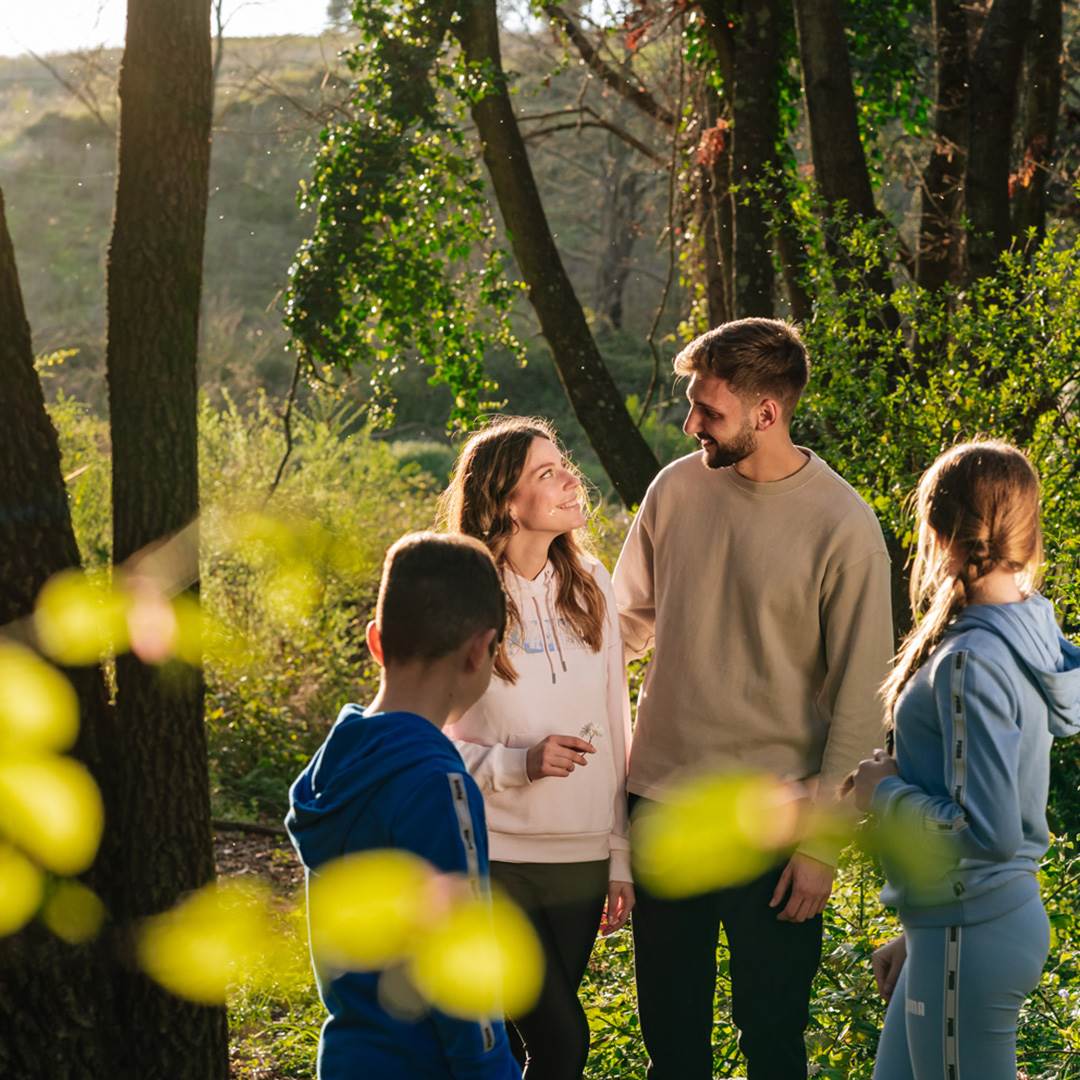
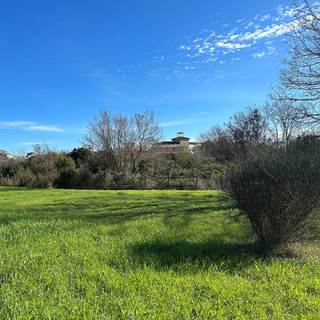
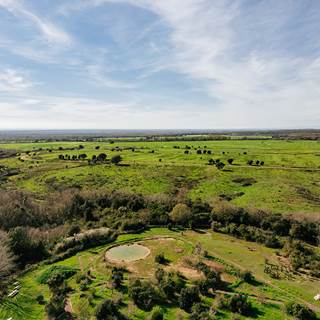
THE FLORA OF THE OASIS
Discover the surprising flora of the Castel Romano WWF Affiliated Oasis. From the strawberry trees to the oaks, from the various species of water lilies to the colourful buttercups, dive into the beauty of this natural environment.
In the flat part of the Oasis, Mediterranean species have been planted over the years, respecting the trees which were already present. Moreover, another 5,000 shrubs and bushes have been added recently, forming an imposing cordon of plants. Here, they are interspersed with strawberry trees (Arbutus unedo) green olive trees (Phillyrea latifolia) and mastic trees (Pistacia lentiscus) which join the laurustinus (Viburnum tinus) and the common hawthorn (Crataegus monogyna) to create a place where birds, small mammals and various species of reptiles can find refuge.
As one of the improvements designed to increase the biodiversity of the site, a 300 m2 pond has been created in—and inextricably linked to—the wet prairie. The shallow banks of the pond allow for the rooting of aquatic plants, such as European frog-bits (Hydrocharis morsus-ranae), various water lily species (Ninfea alba and Nuphar lutea), fringed water lilies (Nymphoides peltata), and floating pondweed (Potamogeton natans), which are fundamental to amphibian egg-laying. The deeper central part of the pond, on the other hand, is perfect for the breeding of insects which spend part of their lives in water, such as dragonflies.
Not far from the pond, the elevated observation point looks out over the wet prairie, where different species of plants grow: sedge (Carex pseudocyperus and Carex riparia), galingale (Cyperus longus), horsetail (Equisetum arvense and Equisetum palustris), reed mannagrass (Glyceria maxima), water flag (Iris pseudacorus), purple loosestrife (Lythrum salicaria), and the common reed (Phragmites australis).
The path which ventures out into the forest makes it possible to walk around the circumference of the flat area, entering into a network of ditches connected by a guided trail. This area is dominated by downy oaks (Quercus pubescens) and holm oaks (Quercus ilex) with the imposing presence of a few centuries-old cork oaks (Quercus suber). This is the wild heart of the Oasis, where competing for light, in the dense woods, is a matter of survival. Laurestines (Viburnum tinus) and bay laurels (Laurus nobilis) cover the small strips of sunlight which remain between the crowns of the oak trees. On the forest floor, the undergrowth includes an abundance of butcher’s broom (Ruscus aculeatus), while, in the wetter areas, buttercups (Ranunculus acris) and blue anemones (Anemonoides apennina) offer generous blooms in spring.
Read next



